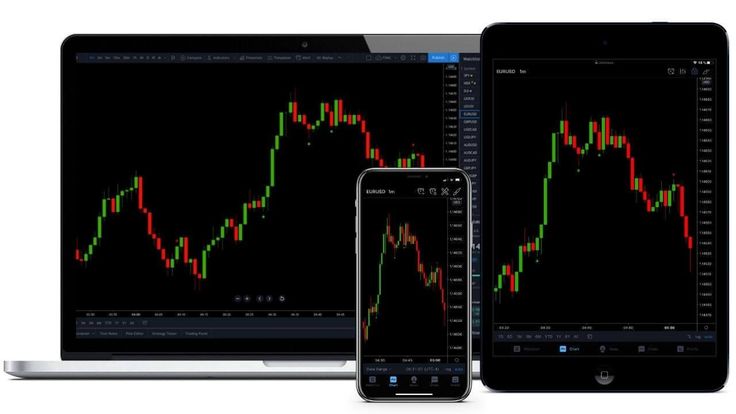How the top forex broker in Australia helps newbies crack the FX trading code
If you’re new to the world of forex trading, finding the right forex broker can be daunting. But with the help of the top forex broker in Australia, cracking the FX trading code is within reach. By providing a wide range of educational resources and tools, this broker makes it easy for beginners to start currency trading. Its intuitive platform makes it easy to execute trades quickly and efficiently. So if you’re ready to take your first step into the exciting world of Forex, check out this article.
How FX trading works – the basics everyone needs to know
When you trade Forex, you’re effectively borrowing one currency to buy another. For example, if you were to exchange Australian dollars for US dollars, you would be buying USD with AUD. The exchange rate between the two currencies is called the ‘cross rate’.
The foreign exchange market is the biggest financial market in the world, with a daily turnover of more than US$5 trillion. That’s more than ten times the value of all stocks and shares traded globally in a single day. With such a large and liquid market, it’s easy to start forex trading.
However, before you dive in headfirst, it’s essential to understand how FX trading works and what factors can influence currency prices.
Currency pairs and pricing
When you trade Forex, you’ll be dealing in currency pairs, which means that you will buy one currency and sell another simultaneously. The two currencies involved in each pair are known as the ‘base currency’ and the ‘quote currency’.
For example, if you were to buy EUR/USD, you would buy euros and sell US dollars. In this case, EUR is the base currency, and USD is the quoted currency. The price of a currency pair is always quoted in terms of the quoted currency. So in our example, a price of 1.23 for EUR/USD means that 1 euro buys 1.23 US dollars.
Regarding pricing, there are two main types of quotes – direct and indirect. A direct quote tells you how much of the quote currency you will need to buy one unit of the base currency. For example, a direct quote for EUR/USD might be 1.2300, which means that 1 euro buys 1.23 US dollars.
An indirect quote, on the other hand, tells you how many units of the base currency you can buy with one unit of the quote currency. So using our previous example, an indirect quote for EUR/USD might be 0.8090, which means that 1 US dollar buys 0.8090 euros.
The benefits of using a professional forex broker
While it’s possible to trade Forex without a broker, it’s generally not recommended. It is because brokers provide many essential benefits, including:
- Execution- When you trade with a broker, your order will be matched with another trader’s order or an order from the market maker. It ensures that your trade is executed quickly and at the best price.
- Access to leverage- Leverage allows you to trade with more money than you have in your account. It can help you make more significant profits, but it also comes with greater risk. Fortunately, most brokers offer reasonable levels of leverage, which can be customised to suit your needs.
In addition to these benefits, brokers also provide access to powerful trading platforms, which can give you an edge in the market. Plus, they offer 24/5 customer support, so you can always get help when you need it.
How to get started with FX trading
If you’re new to FX trading, you can do a few things to make sure you get started on the right foot. Here are a few tips:
- Do your homework- Before you start trading, it’s essential to do your research and understand the basics of Forex. This way, you’ll know what you’re doing and won’t make any rookie mistakes.
- Use a demo account- Most brokers offer demo accounts, which allow you to trade with virtual money before opening a real account. It is a great way to get some experience without risking any actual capital.
- Stick to significant pairs- When you’re just starting, it’s best to stick to the major currency pairs, such as EUR/USD or USD/JPY. These pairs are the most liquid and have the tightest spreads, which will help you minimise costs.
- Use a stop-loss- A stop-loss is an order automatically closing your trade at a certain price level, and it can help you limit your losses if the market moves against you.


Comments are closed.